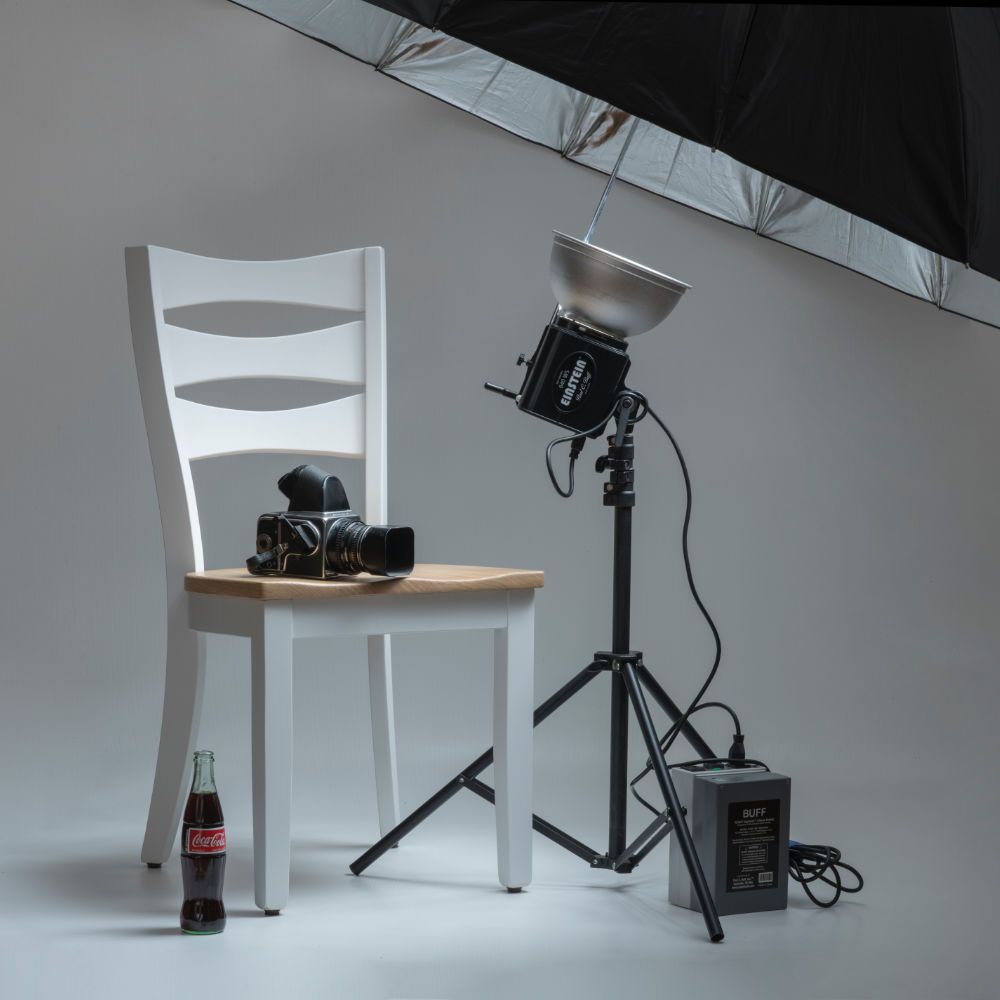Navigating eBay's Copyright Rules: Using Stock Photos in Your Listings

The eBay selling landscape is full of potential shortcuts, one of which is the use of stock photos. For a seller dealing with numerous listings, this approach can be a time-saver. But this path comes with its pitfalls, requiring a clear understanding of copyright laws and eBay's policies to prevent any missteps.
Use of eBay’s Product Catalog: It's Not Always a Safe Bet
The eBay product catalog offers free stock photos for some items, and one might assume these are safe to use. While this holds true for some items, it is not a universal rule. Using stock photos from eBay's catalog doesn't necessarily shield you from copyright infringement claims.
To illustrate, consider the example of the Kala Ukulele brand. This brand has gained a reputation for aggressively pursuing takedowns of listings in new condition that use their stock images without explicit permission. Similarly, the outdoor gear manufacturer, Arc'teryx, is known for similar practices. If you list a brand-new Arc'teryx Alpha AR Jacket and use a stock photo from eBay's catalog, you could be at risk of a takedown request, despite the photo being part of the catalog.
Hence, while eBay's product catalog may seem like a safe source for stock photos, it's critical to understand the brand's stance on image usage before proceeding.
Photographing Products Yourself: The Safe Bet for Items Outside the Catalog
For items not listed in eBay's product catalog or not in brand-new condition, uploading your own images is the recommended approach. For instance, if you're selling a used vintage wristwatch, your photos will both accurately represent the product's condition and help you stay clear of copyright infringement issues.
Decoding the eBay VeRO Program
The Verified Rights Owner (VeRO) program allows owners of intellectual property rights to report listings that infringe those rights. If you unknowingly use a stock photo owned by another company without their permission, and that company complains to eBay about copyright infringement, you will receive a VeRO notice, resulting in the removal of your listing. Repeated offenses can lead to repeated listing removals. A comprehensive list of intellectual property rights owners and VeRO participants can be found on eBay for reference.
Addressing Copyright Violation Notices
While a single VeRO notice usually won't lead to eBay suspension, an accumulation of notices can result in account suspension and loss of selling privileges. If you believe a VeRO complaint was unjust, you have the option to contact the rights owner directly and ask them to retract their complaint. The email provided in the "VeRO Notice" contains their contact information. The rights owner needs to then contact eBay to request the retraction.
Alternatively, if your listings were removed by mistake or due to misidentification, you can file a counter notice with the eBay VeRO team at vero@ebay.com (US-only). A United States Counter Notice form will be provided to address the removed listing.
In summary, the use of stock photos on eBay, while tempting as a shortcut, requires a nuanced understanding of copyright laws and eBay's policies. By understanding these complexities, you can safely and effectively enhance your listings while avoiding potential copyright pitfalls.